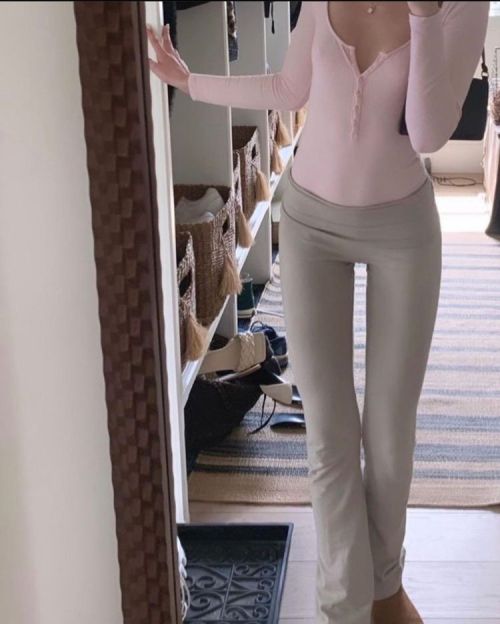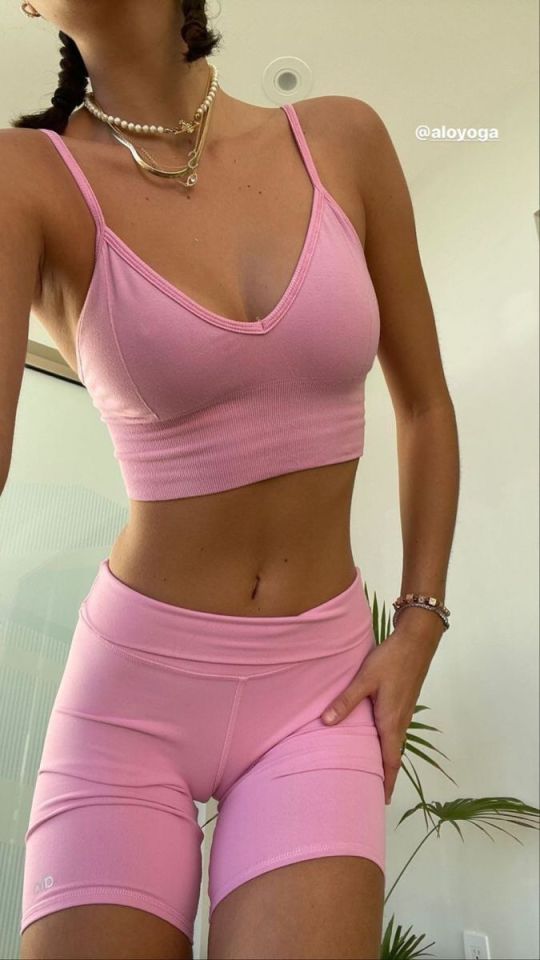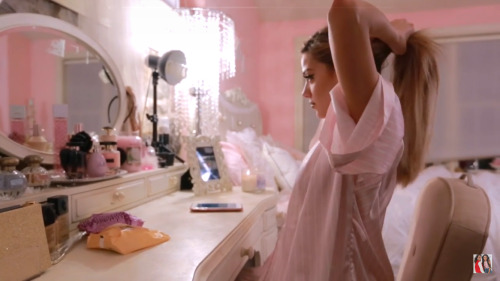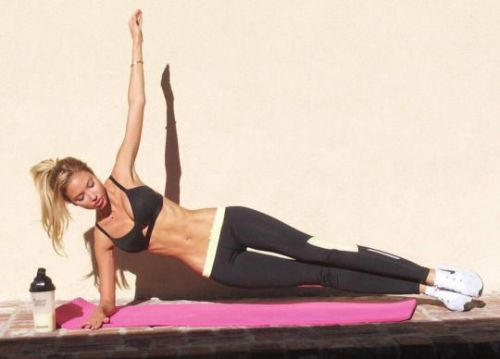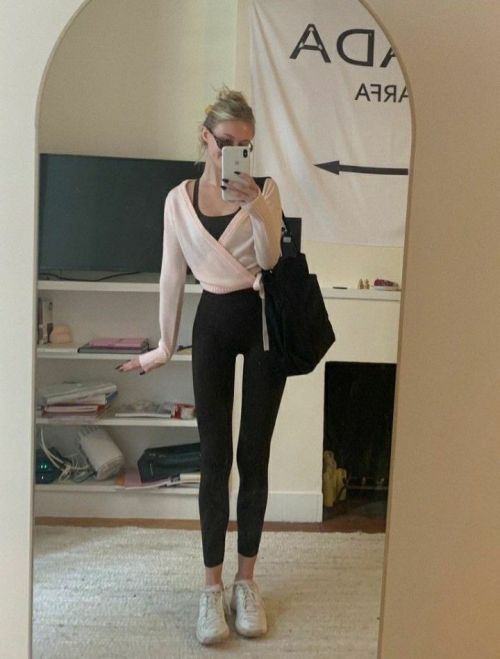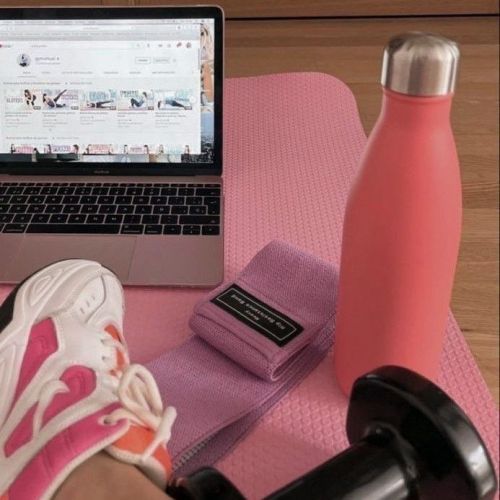Pilates - Tumblr Posts
Komodo Bloodsport: Unleash your inner dragon
Komodo
Unleash your inner dragon! #UFC #MMA #Knockout #MuayThai #KO
Beautiful Gharial. Lovely reptile g #gharial #gharials #gharialsoftiktok
Brock Larson vs. Nobutatsu Suzuki #UFC#mma#one#box#forvou#flvr
#sport
SEAN O'MALLEY IS A SAVAGE!
#UFC292 #UFC #SeanOMalley
#AljamainSterling
Bro thought it was over
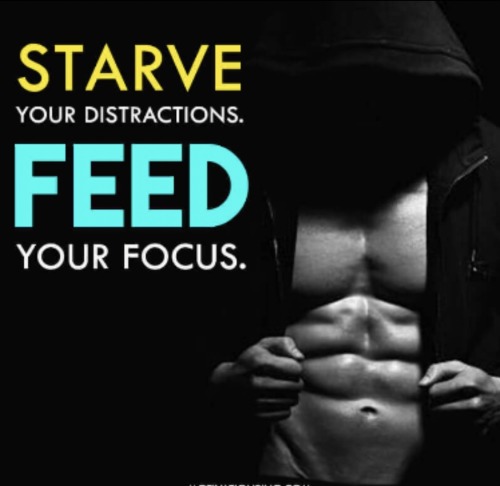
Komodo Bloodsport
What do you know about Pilates?
Did you know that a German invented it?
mod
Inventor of the Pilates method (1883-1967)
Denise Steger (Linz am Rhein)
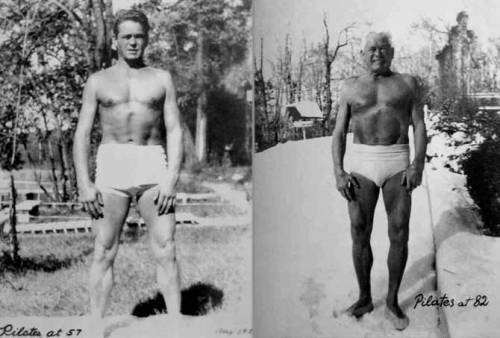
In 1929, Pilates opened his body training studio (Universal Gym) at 939 8th Ave, The Van Dyck Building. On his business cards, he gave his date of birth as 1880. It is not known why he made himself three years older, presumably to promote how fit you can be even at almost 50 years of age. The text on the cards read: ‘A MAN IS AS OLD AS HIS SPINE IS FLEXIBLE – A WOMAN AS OLD AS SHE LOOKS IN THE MORNING’.
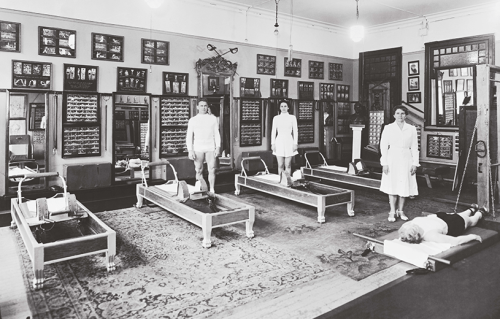
The ‘Universal Gym’ in New York, run by Pilates.
Despite the world economic crisis, Pilates was able to make a great success of the studio, with athletes, business people and actors, including Catherine Hepburn (1929-1993) and Sir Lawrence Olivier (1907-1989), but it was mainly dancers who were enthusiastic about his training method. Among them were the pioneer of modern dance, Martha Graham (1894-1991), who founded the Martha Graham School of Dancing in Manhattan in 1926, and many stars of the New York City Ballet. During his 38-year career as studio manager, his client list included over 2,000 students. In the 1940s, a Canadian magazine classified the Pilates studio as ‘a high-class exercise salon’ due to the high fee of $10 per session. In addition to Clara, his niece Mary Pilates and Clara's niece Irene Zeuner-Zelonka assisted him.
In 1934, Pilates published his writing ‘Your Health’ and in 1945 ‘Return to life through Contrology’ (Return to life through ‘Contrology’), which describes the philosophy and principles of his method. They are based on the pursuit of whole-body health, in which body, mind and soul are in balance, which can be achieved through physical exercise, proper nutrition, hygiene, balanced sleep, plenty of outdoor exercise and a balance of work, leisure and relaxation. Through the exercises he developed, ‘Contrology’, mental strength and mental well-being are also developed. The special form of Pilates breathing, consciously performed during the exercises, allows the body to function optimally. As an ‘inner shower’, it is said to cleanse the body and ultimately lead to the rejuvenation and strengthening of the entire person.
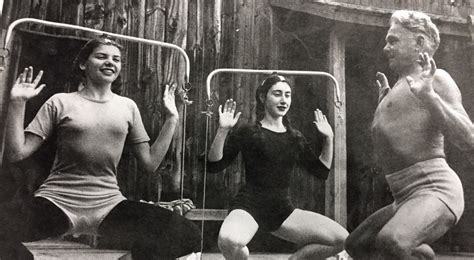
A Pilates class at Jacob's Pillow University of the Dance, where Joseph Pilates taught between 1941 and 1951.
The equipment developed and patented by Pilates himself – there were over 20 of them – not only added an additional dimension of body strengthening and correction of posture to the so-called ‘mat training’, which consists of a series of 34 floor exercises, but was also used in rehabilitation. Pilates created a special exercise programme for injured people, such as dancers, and worked with these clients in a separate room. The success must have been considerable, because the orthopaedic surgeon Dr Henry Jordan adopted the Pilates training concept in his therapy, as did Dr James Garrick, founder of the first clinic for dance medicine.
Pilates held numerous lectures and courses for both doctors and students at the Chiropractic Academy, taught on US military bases and founded the health group called ‘Return to Life’. He documented his work extensively with photographs and film. 1939-1951, Pilates regularly taught at the summer camp for dancers ‘Jacob's Pillow’, Berkshire Mountains, where the pioneers of contemporary dance, such as Ted Shawn, and many students met. Joe and Clara owned a house there.
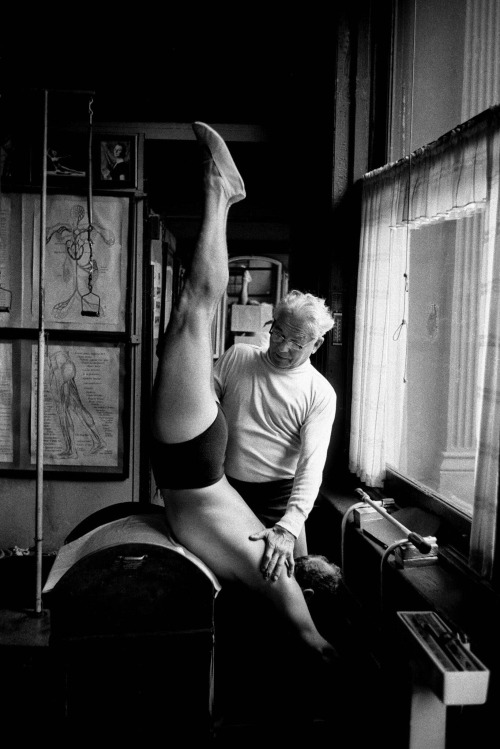
Joseph Hubertus Pilates treating a customer.
Pilates died of emphysema, which had apparently been bothering him for some time, at the Lenox Hill Hospital in New York on 9 October 1967, shortly before his 84th birthday. His urn and, later, Clara Zeuner's urn were buried in the Ferncliff Mausoleum in Hartsdale, New York.
Clara Zeuner continued to run the studio until 1972. After her death in 1976, it was taken over by the classical dancer and Pilates student Romana Kryzanowska (1923-2013) in 1977.
In the meantime, his students had spread the Pilates method worldwide, which in its further development split into different styles. Even today, many stars who are looking for fitness and figure-improving methods see Pilates as the ideal training and contribute to the popularity of his method. But the Pilates method has also been incorporated into modern sports science, physiotherapy and rehabilitation, where it has been supplemented and refined according to the latest findings.
Publications
Your Health; a corrective system of exercises that revolutionizes the entire field of physical education, New York 1934. New edition: Presentation Dynamics, Incline, NV 1998.
Return to Life Through Contrology, edited by Joseph H. Pilates and William John Miller, New York 1945, new edition: Presentation Dynamics, Incline, NV.
New edition of both works: A Pilates' Primer: The Millennium Edition, Presentation Dynamics, Incline, NV 2000-2005.
Literature
Geweniger, Verena/Bohlander, Alexander, Das Pilates-Lehrbuch, Berlin/Heidelberg 2012.
Kryzanowksa, Romana/Gallagher, Sean P. (ed.), Joseph H. Pilates Archive Collection, The Photographs, Writings and Designs, 2000.
Online
Aparicio, Esperanza and Javier Pérez Pont, Hubertus Joseph Pilates, The Biography. HakaBooks.com e-ditions 2013. [online]
Geweniger, Verena/Bohlander, Alexander, Das Pilates-Lehrbuch, Berlin und Heidelberg 2013. [online]
Thomson, Bruce, Joseph Pilates life & biography. [online]
Wiggin, Mej, Joseph H. Pilates: The History. [online]
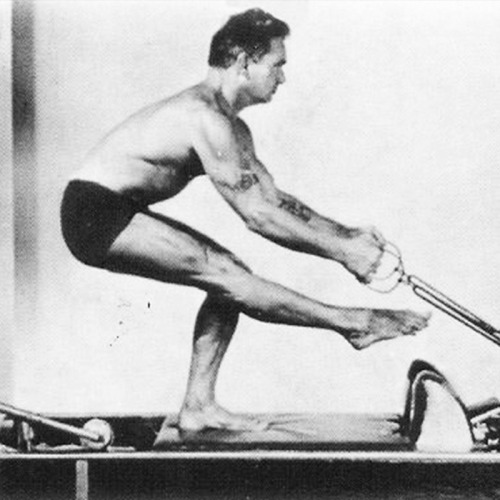


Check out....
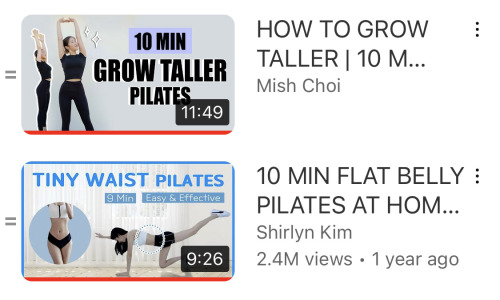
I love these Pilates!! I gotten good results from these and I strongly recommend these
I recently learned that doing bodyweight based resistance exercises helps prevent bone loss and osteoporosis.
As such, I have resolved to do 20-30 minutes of Pilates at least 5 days per week.
Spontaneous planking!
I keep my yoga mat handy when I'm around the house, whether I'm working or just hanging out, and I just realized I can like, spontaneously decide to do a quick burst of exercise between tasks!
I'm aiming for at least 20-30 minutes per day of Pilates, at least 5 days per week.
Apparently it can help prevent osteoporosis, of which petite women are at a heightened risk! Definitely going to be strengthening my bones regularly from now on.
a beginners guide to pilates



🎀 what is pilates?
pilates is a form of strength training exercise that focuses on low to medium impact movements to improve muscle tone, stability, endurance, and mobility. pilates also focuses more on the smaller muscles of the body compared to traditional strength or weight training.
🎀 benefits of pilates
including the benefits that exercise generally brings, pilates:
improves mind-body connection and body control
improves active flexibility and mobility
works the core, improving stability
improves coordination and balance
reduces mental and physical stress
works muscles that can be neglected in our daily lives
treats and prevents body pain, including menstrual pain
teaches you how to pair your breath with your body
keeps the joints healthy without putting pressure on them
🎀 where to start
while you can absolutely start with studio or reformer classes, you can also do pilates routines on youtube! i recommend move with nicole and dansique fitness. if you want to get your cardio in as well, i absolutely recommend eleni fit. her workouts are some of the best i’ve ever tried!
🎀 personal tips
keep your core in mind. core strength is a major benefit of pilates because each movement requires at least a mild amount of core work to keep your body stable, so do your best to keep the engagement throughout.
start slow. pilates movements can take a while to fully understand and it can take a while to build the mind-body connection, so don’t push yourself too far in the beginning. your coordination will improve over time!
don’t underestimate it! while the movements are generally slower than other types of exercise, you will work your muscles just as much and in a way they may not have been worked before. sometimes i even find pilates more difficult than hiit or weights!
a beginners guide to pilates
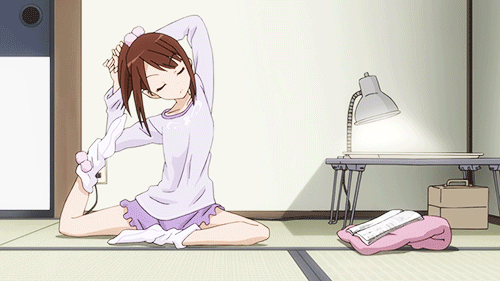
pilates is a low-impact exercise method that focuses on strengthening the body, improving flexibility, and enhancing overall fitness. it's suitable for people of all ages and fitness levels, making it an excellent choice for beginners who are looking to start a new exercise routine. in this guide, we'll cover the basics of pilates and provide tips for getting started.
what is pilates?
pilates was developed by joseph pilates in the early 20th century as a system of exercises designed to improve strength, flexibility, and body awareness. it incorporates a series of controlled movements that target the core muscles, as well as other muscle groups throughout the body. pilates emphasizes proper alignment, breathing, and concentration, making it a holistic approach to fitness.
benefits of pilates
strengthens core muscles: pilates focuses on strengthening the muscles of the core, including the abdominals, lower back, and pelvic floor, which can improve posture and stability.
improves flexibility: pilates exercises promote flexibility and range of motion in the muscles and joints, reducing the risk of injury and enhancing overall mobility.
enhances body awareness: pilates encourages mindful movement and body awareness, helping individuals develop a deeper connection between mind and body.
promotes relaxation: pilates incorporates breathing techniques and relaxation exercises, which can help reduce stress and promote a sense of calm and well-being.
increases muscular endurance: pilates exercises are performed in a slow and controlled manner, which helps build muscular endurance over time, allowing individuals to perform daily activities with greater ease.
getting started with pilates
find a qualified instructor: if you're new to pilates, consider taking a class with a certified pilates instructor who can guide you through the exercises and ensure proper form and technique.
start with the basics: begin with beginner-level pilates exercises that focus on building core strength, such as the hundred, pelvic tilts, and leg circles. gradually progress to more challenging exercises as you gain strength and confidence.
focus on proper alignment: pay attention to your alignment during pilates exercises, keeping your spine neutral and your shoulders relaxed. engage your core muscles to stabilize your body and prevent injury.
breathe deeply: practice diaphragmatic breathing during pilates exercises, inhaling deeply through your nose and exhaling fully through your mouth. coordinate your breath with your movements to promote relaxation and enhance concentration.
listen to your body: listen to your body and work at your own pace during pilates workouts. if an exercise feels too challenging or causes discomfort, modify it or take a break as needed.
be consistent: aim to practice pilates regularly to experience the full benefits of the method. start with two to three sessions per week and gradually increase the frequency and duration of your workouts as you progress.
remember that pilates is a journey, and progress takes time and dedication. be patient with yourself as you learn and grow in your practice, and enjoy the many benefits that pilates has to offer for your mind, body, and spirit.

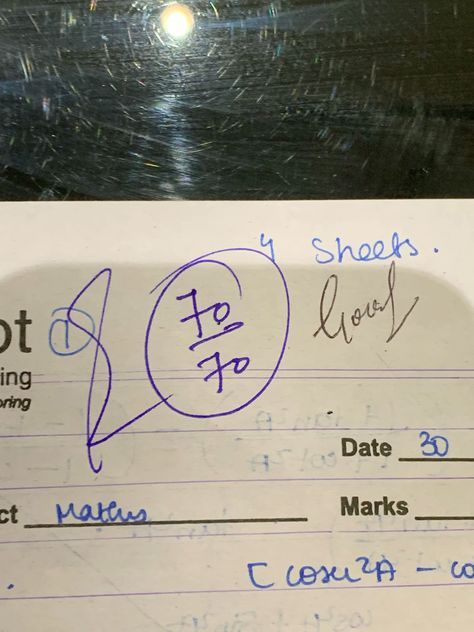

how to stay motivated long-term
trust, me i know that long-term motivation and consistency is hard. long-term motivation might be difficult to maintain, but there are effective techniques to help you stay focused and determined. whether you're seeking personal ambitions, academic achievements, or professional success, here are some strategies to help encourage motivation:
understand the reason behind your goal ☆ does your goal contribute to personal growth or meaningful relationships? ☆ how does your goal impact others? ☆ is your goal meaningful to you? if your goal lacks meaning, it may be hard to maintain motivation.
positive and negative motivation motivation can come from different places ☆ positive motivation: the desire to experience pleasure ☆ negative motivation: the desire to avoid something (an outcome) both types of motivation have their place, so learn to recognise what type fits in where. (post on this coming soon)
set up systems use your initial motivation to set up structures: ☆ create routines, systems and habits that help you towards your goal even when your motivation fluctuates ☆ when your emotions wane, rely on these systems and disciplines to maintain momentum
break down goals ☆ tackle one goal at a time to avoid feeling overwhelmed ☆ set achievable milestones and celebrate each step forward ☆ keep the momentum going by focusing on manageable tasks
validate good work ☆ give yourself a little reward, or thank yourself, for completing hard tasks ☆ this reinforces motivation and encourages effort
remember--motivation isn't in a constant state, it ebbs and flows. these small tips will help to stay motivated. i'm going to provide more information in upcoming posts, and i will link them here once they are published.
luck on your journey ❤️









Really nice beginner-friendly pilates set - did it before classes today for a quick workout and my muscles were burning like 30 seconds in. Highly recommend for anyone else trying to exercise more between work amd school. I've never really been interested before but I'll definitely be incorporating more pilates into my routine.
{ ed blogs dni }
In my pink pilates princess era


